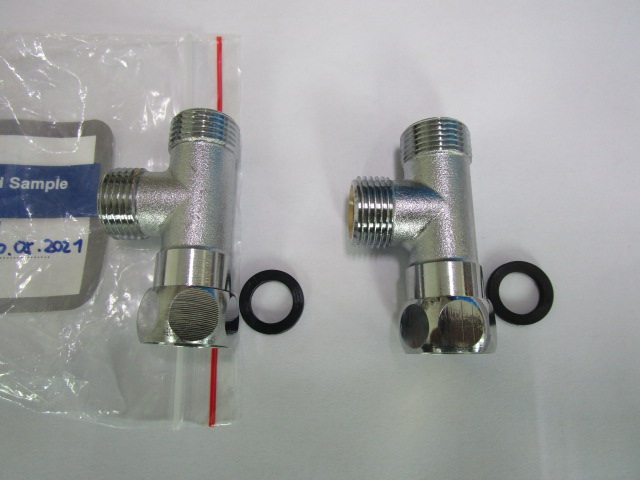
Pre-shipment inspection (PSI) is a critical quality control process for vacuum cleaners to ensure they meet the required standards before being shipped to customers. A thorough inspection involves comprehensive checks on packaging, visual appearance, functionality, safety features, and documentation. Below, we’ll delve deeper into each step, providing a detailed guide to conducting a comprehensive pre-shipment inspection of vacuum cleaners.
Step 1: Check the Packaging
Packaging is the first line of defense for vacuum cleaners during transportation and storage. Inspect the packaging to ensure it’s intact, without any tears, punctures, or signs of mishandling. Verify that the packaging materials provide adequate protection against impacts and environmental factors. Additionally, confirm that the packaging is labeled accurately with essential information, including the product name, model number, serial number, manufacturing date, and handling instructions.
Step 2: Visual Inspection
A meticulous visual inspection is essential to identify any visible defects that may affect the vacuum cleaner’s performance or aesthetics. Carefully examine the exterior of the vacuum cleaner for scratches, dents, or cracks. Check the components such as the housing, handle, wheels, and attachments for signs of damage or poor assembly. Ensure all parts are securely attached and properly aligned. Any inconsistencies or defects found during this inspection should be documented for further evaluation.
Step 3: Functionality Testing
The functionality test is a critical aspect of pre-shipment inspection to ensure the vacuum cleaner operates as intended. Connect the vacuum cleaner to a power source and activate it to assess the suction power and motor performance. Test the different cleaning modes and attachments to verify their functionality and ease of use. Evaluate the maneuverability of the vacuum cleaner and its ability to navigate various surfaces. Listen for unusual noises or vibrations that could indicate underlying issues with the motor or internal components.
Step 4: Safety Testing
Safety is paramount when inspecting vacuum cleaners to prevent potential hazards during use. Verify that the vacuum cleaner complies with safety standards and regulations applicable to electrical appliances. Check for safety features such as thermal overload protection to prevent overheating and automatic shut-off mechanisms in case of emergencies. Inspect the power cord and plug for any signs of damage, ensuring they meet length and durability requirements. Test the grounding system to confirm it’s effectively dissipating electrical currents and minimizing the risk of electrical shocks.
Step 5: Documentation and Record Keeping
Accurate documentation is essential to track the inspection process and record findings systematically. Create a detailed inspection report that includes photographs of the vacuum cleaner from different angles, highlighting any defects or abnormalities identified. Document test results, including functionality tests and safety checks, indicating whether the vacuum cleaner meets specified criteria. Maintain organized records of inspections for traceability and reference purposes, ensuring all documentation is securely stored and readily accessible for review.
Additional Considerations
In addition to the core steps outlined above, consider the following aspects to enhance the effectiveness of pre-shipment inspection for vacuum cleaners:
- Performance Testing: Conduct performance tests to assess the efficiency of the vacuum cleaner in terms of dust and debris collection, filtration effectiveness, and energy consumption.
- Durability Assessment: Evaluate the durability of critical components such as the motor, filter system, and housing to ensure longevity and reliability.
- Compliance Verification: Confirm that the vacuum cleaner complies with applicable regulatory standards and certifications, including safety certifications (e.g., UL, CE) and energy efficiency ratings (e.g., ENERGY STAR).
- User Experience Evaluation: Consider the user experience by assessing ergonomic design, ease of assembly, and user-friendly controls.
- Supplier Feedback Loop: Provide constructive feedback to suppliers based on inspection findings to facilitate continuous improvement in product quality and manufacturing processes.
By following a comprehensive pre-shipment inspection process, importers and manufacturers can minimize the risk of product defects, enhance customer satisfaction, and uphold the integrity of their supply chain. Effective quality control measures not only ensure compliance with regulatory requirements but also contribute to the overall success and reputation of vacuum cleaner brands in the market.




